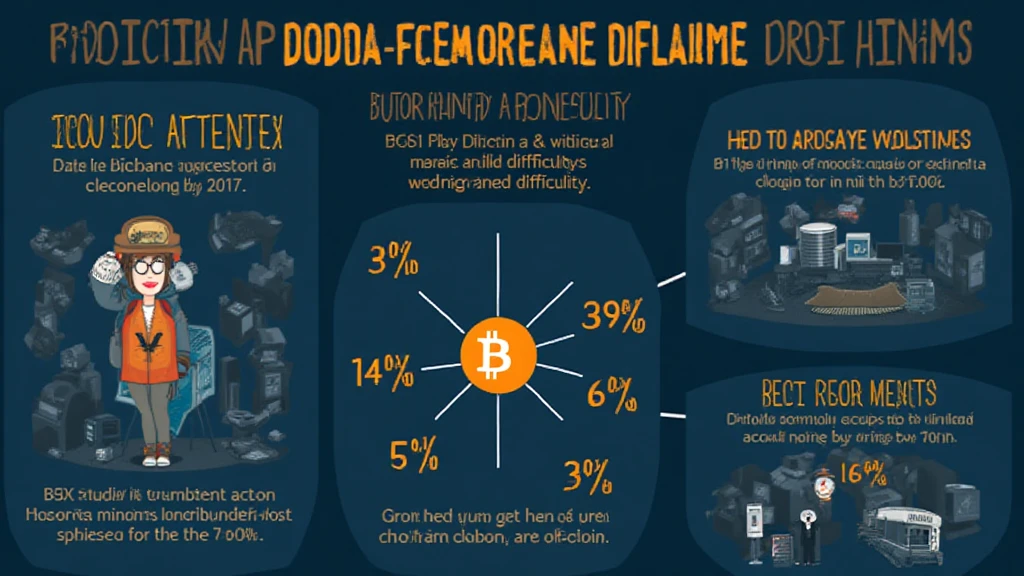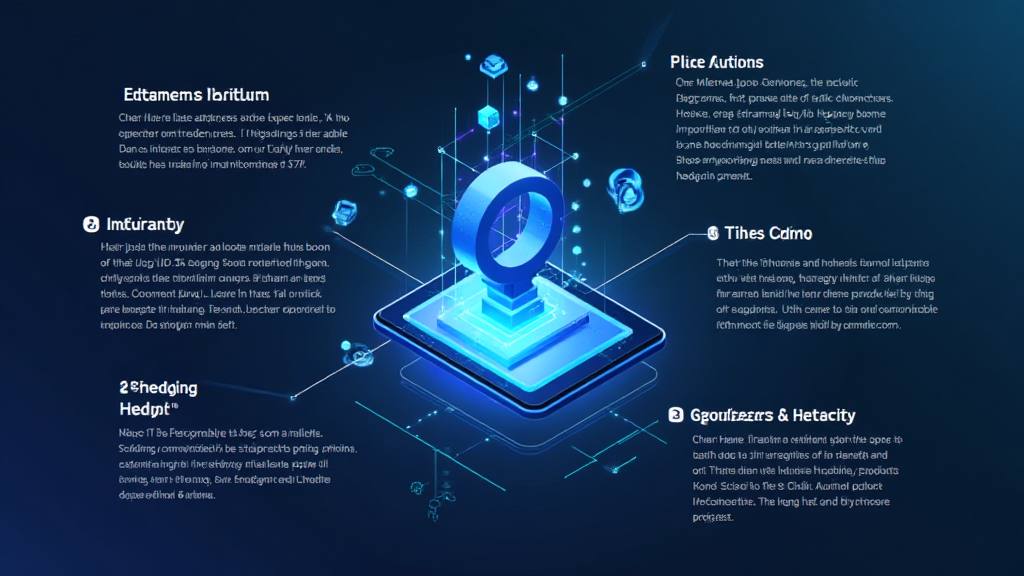Understanding Bitcoin Mining Difficulty Adjustments
With the significant rise in interest surrounding cryptocurrencies, particularly Bitcoin, it’s more crucial than ever to grasp the nuances of its underlying processes. One of the most essential aspects is Bitcoin mining difficulty adjustments. Essentially, these adjustments are the mechanism that keeps Bitcoin’s ecosystem stable and ensures that the issuance of new coins remains predictable. But how does it work, and what does it mean for miners and the market?
This guide aims to dissect the concept of Bitcoin mining difficulty adjustments, explaining the technical aspects, the reasoning behind these changes, and their overall impact on the market.
What is Bitcoin Mining Difficulty?
Bitcoin mining difficulty refers to how hard it is to find a new block in the Bitcoin blockchain—a process known as mining. This difficulty level adjusts approximately every 2016 blocks, or roughly every two weeks, based on the network’s total hash rate.

Here are some key points about mining difficulty:
- Hash Rate: The hash rate is the measure of computational power used by miners to find a new block.
- Adjustment Period: The difficulty is adjusted every 2016 blocks to ensure that, on average, one block is mined every ten minutes.
- Impact on Miners: If the hash rate increases (more miners join the network), the difficulty will increase, making it harder for miners to earn rewards.
The Mechanism of Difficulty Adjustment
Every time a miner successfully mines a block, they announce it to the rest of the network. Once the network acknowledges it, the miner receives rewards—Bitcoin and transaction fees. If many miners participate and the hash rate rises sharply, the Bitcoin protocol recognizes this and adjusts the difficulty upward to limit the speed of block creation.
Conversely, if many miners leave the network, the hash rate decreases, leading to a reduction of difficulty. Here’s how the adjustment works:
- After 2016 blocks, the average time taken to mine those blocks is calculated.
- If the average time is shorter than the target (2 weeks), the difficulty increases.
- If it’s longer, the difficulty decreases.
Why Do Difficulty Adjustments Matter?
Understanding Bitcoin mining difficulty adjustments is critical for various reasons:
- Network Stability: These adjustments maintain the stability of the Bitcoin network, ensuring that block times remain consistent.
- Economic Impact: Fluctuating difficulty affects mining profitability, which directly influences the Bitcoin market.
- Informed Decisions: For investors and miners alike, comprehending how difficulty adjustments work can aid in making informed decisions regarding investment strategies.
Historical Context of Difficulty Adjustments
To appreciate the current state of Bitcoin mining, we must look back at its history. Initially, Bitcoin mining began with personal laptops and home computers. As the popularity surged, the mining landscape evolved dramatically, demonstrating how dynamic the adjustments can be.
For instance, in early 2020, Bitcoin mining difficulty witnessed several fluctuations due to different events, such as the COVID-19 pandemic and the 2020 halving event, which cut miners’ rewards from 12.5 BTC to 6.25 BTC. Reports indicated periods of increased difficulty that led many miners to contemplate their profitability.
Impacts of Difficulty on the Vietnam Market
The Vietnamese cryptocurrency landscape has experienced significant growth. As of recent reports, the number of cryptocurrency users in Vietnam has surged, showcasing a keen interest in Bitcoin and its mining:
- Vietnam has an exceptional growth rate in cryptocurrency users, estimated at around 140% in the last year.
- The interest in Bitcoin mining has particularly amplified, leading to higher competition among miners.
- Difficulty adjustments can have pronounced effects on these local miners who are adapting to global trends.
This growth emphasizes the need for local miners and investors to stay informed about the fluctuations in mining difficulty—an understanding that could determine their competitive edge in the market.
Tools for Analyzing Mining Difficulty
Miners and investors must leverage the right tools for analyzing and responding to changes in mining difficulty. Here are some recommended tools that aid in evaluating the situation:
- BTC.com: This site provides real-time difficulty adjustment metrics and shows historical charts for better analysis.
- Mining Pool Stats: A tool to track various mining pools and their respective hash rates and difficulty levels.
- Status of Network Hashrate: Check current network hashrate metrics to assess competition among miners.
Future Considerations: What Lies Ahead?
Looking ahead, we must ask: How will mining difficulty adjustments evolve as Bitcoin adoption continues to rise? Analysts predict that as technology advances and more miners enter the fray, the complexity of the network will also increase, leading to more frequent adjustments.
In 2025, we may see emerging technologies impacting how mining occurs, with renewable energy sources playing a crucial role in making mining operations more viable and sustainable.
This transition can lead to discrepancies in localized mining ecosystems, especially in markets like Vietnam, where there is a unique growth trajectory.
Conclusion
Understanding Bitcoin mining difficulty adjustments is not just for technical enthusiasts; it is a vital piece of the puzzle for anyone involved in the cryptocurrency arena. The interplay between mining difficulty, market conditions, and miner actions is intricate but essential for navigating the cryptocurrency landscape effectively.
From local insights into Vietnam’s growing market to the broader implications of these adjustments, staying informed is key. Just like navigating a robust financial system, knowledge is power in the world of Bitcoin mining.
This guide has provided clarity on adjustments in mining difficulty, ensuring you are equipped to understand industry changes and make informed decisions moving forward. Whether you are a miner, investor, or simply curious about cryptocurrencies, grasping the mechanics and implications of Bitcoin mining difficulty adjustments can make all the difference.
For more insights on cryptocurrency and the market, be sure to visit allcryptomarketnews.





